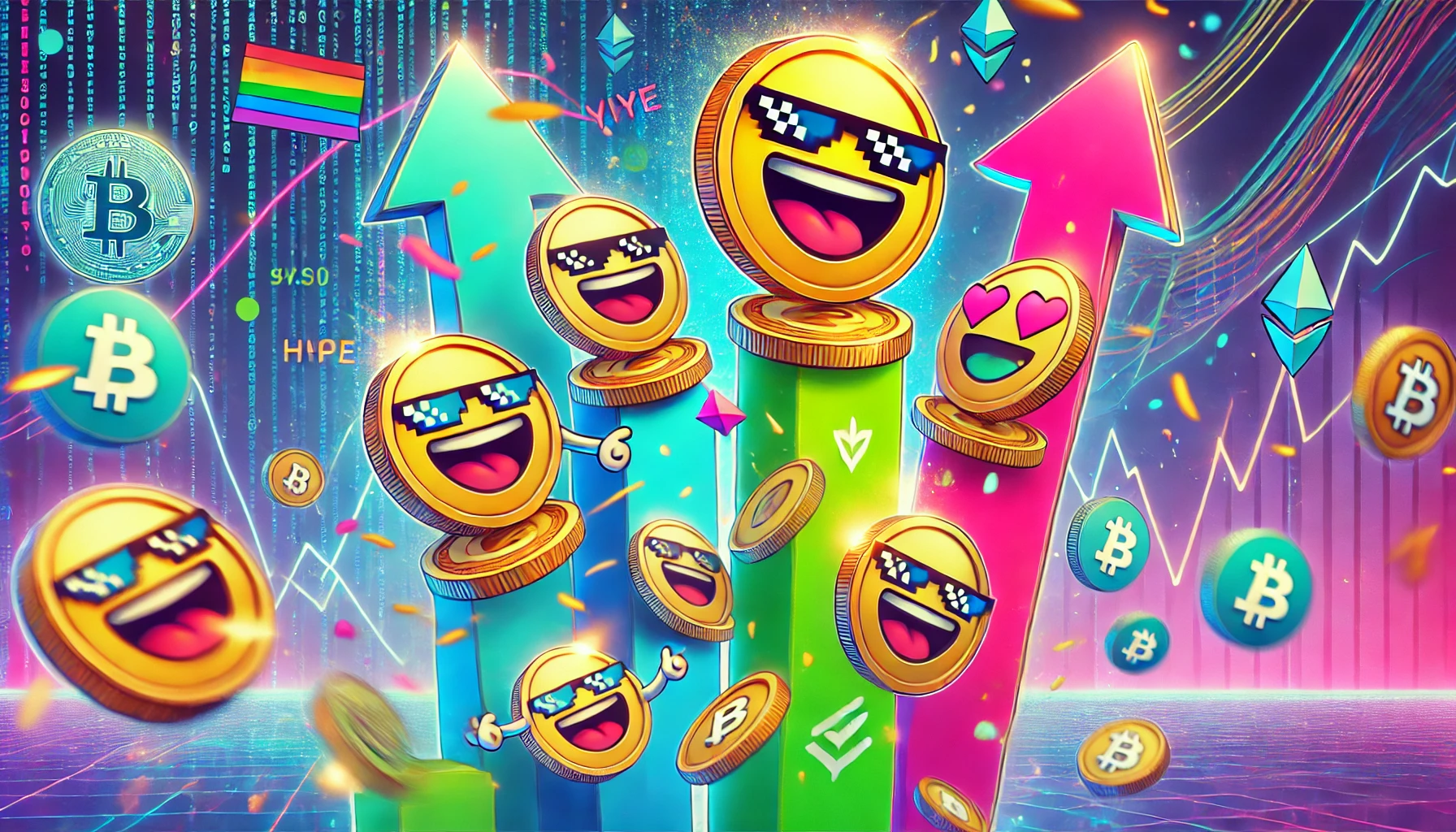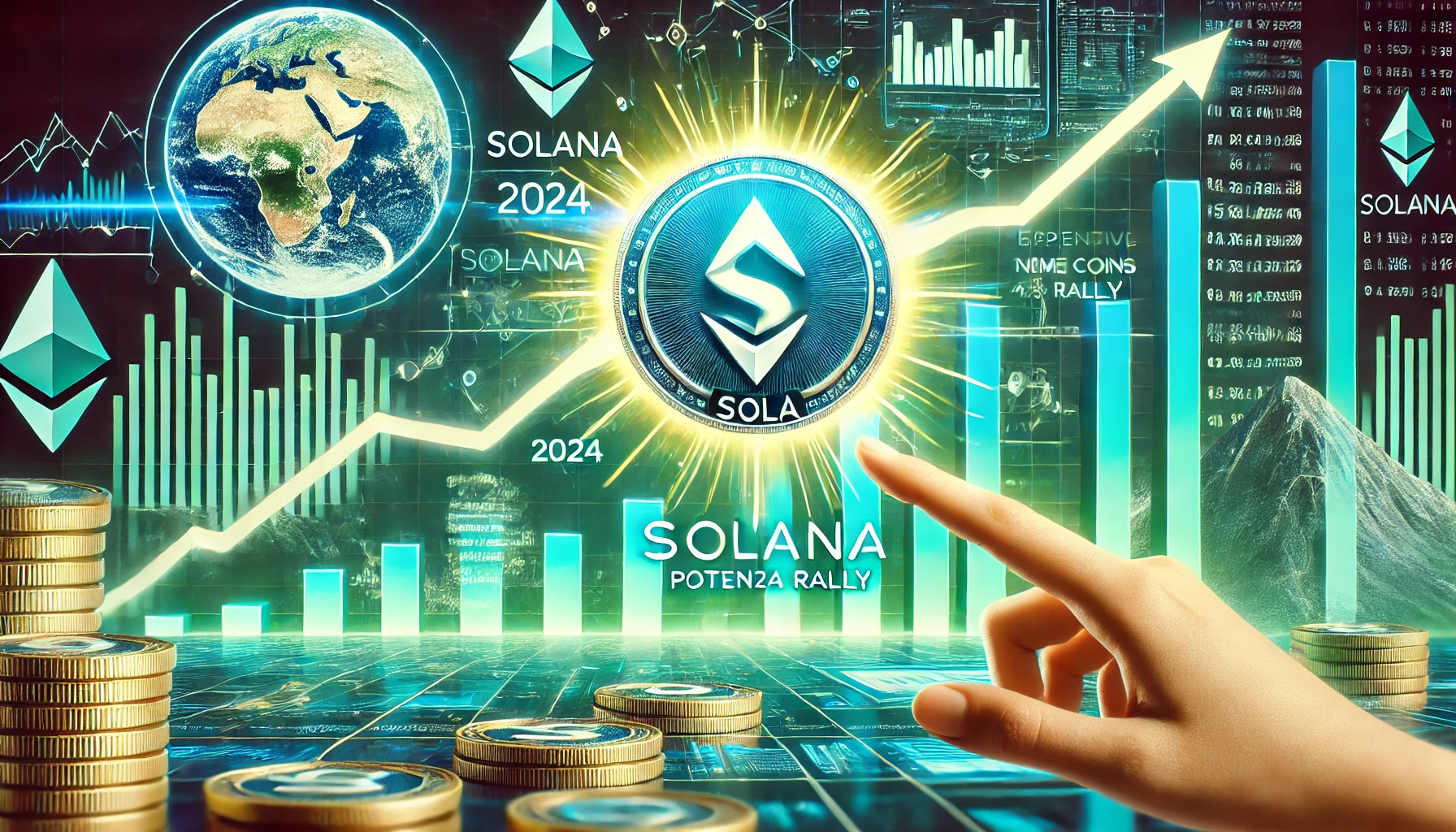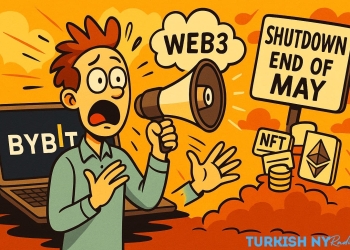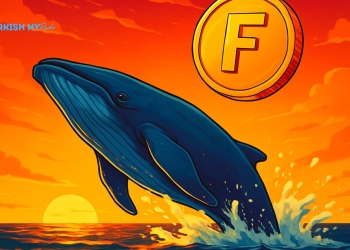The first half of October has been relatively quiet for most major altcoins, including Solana (SOL), as geopolitical tensions in the Middle East took center stage. Despite the uncertainty, Solana’s price has remained steady above $135, with the 200-day Exponential Moving Average (EMA) signaling a potential upward trend. So, what factors could drive Solana’s price higher in October?
Historical Gains of 14% in October
Data shows that October has historically been a positive month for Solana. According to Cryptorank, Solana has delivered an average of 14% returns in October over the past four years. If this trend continues, the second half of the month could see renewed price action for SOL.
Meanwhile, Standard Chartered Bank analysts suggest that should Donald Trump win the U.S. presidential election, Solana could outperform giants like Bitcoin (BTC) and Ethereum (ETH). Geoffrey Kendrick, head of digital assets at Standard Chartered, believes that a regulatory environment under Trump could boost cross-border crypto markets, giving Solana a strong advantage due to its scalability and fast transaction speeds.
Kendrick adds, “We project Solana’s price could increase by 100% to 400% due to its expanding ecosystem and potential political support for new technologies.”
Memecoin Frenzy Could Lay the Groundwork for a 2024 Rally
October is often considered a recovery period in the crypto market, and this recovery could gain momentum with the resurgence of meme coins. Increased interest in meme coins on the Solana network could drive activity and set the stage for a larger rally in early 2024.
Data from Dune Analytics shows that Pump.fun, one of Solana’s leading meme platforms, has generated a total revenue of $127.8 million. This figure highlights the growing economic potential of meme coins and their impact on Solana’s ecosystem.
15% Increase in Active Solana Addresses
According to data from TheBlock, the number of active addresses on the Solana network rose by 15%, increasing from 3 million to 3.47 million. This rise reflects the network’s growth and the increasing preference for Solana among users. The surge in active addresses indicates strong ecosystem health and rising demand for SOL.
Solana’s daily price chart has also shown a bullish pennant formation, often indicative of a strong uptrend followed by a short period of consolidation before a larger price movement. With SOL currently trading at $150 and a market cap of $70 billion, the chart suggests that the price could rise by 24% to reach $180 if the pattern plays out. However, if the downward trend line remains dominant, the market may continue in a sideways direction.
Solana’s price may have stabilized in October, but multiple positive signals point to future growth. Historical performance, robust ecosystem developments, and increasing user interest keep investors watching closely. Additionally, external factors such as U.S. political developments and regulatory decisions could also play a role in shaping SOL’s price trajectory.


























































































![BitTorrent [New]](https://s2.coinmarketcap.com/static/img/coins/64x64/16086.png)



















